Eight Reasons Arabic is Impossible to Learn
For native Arabic speakers, the language might seem like a piece of Knefe, but for our fellow neighbors in the world, Arabic is considered among the top ten most difficult languages to learn. Here’s why:
1. There are a Ton of Different Arabic Dialects
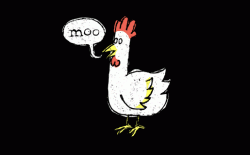
(Photo via tshirthell.com)
With some 22 Arab countries, it’s fair to say that the Arabic spoken in Tunisia is different from Lebanon, which is different from the Arabic spoken in Saudi Arabia and Egypt, and so on and so on.
So while a cockroach, for example, is called “sarsoor” in Lebanon, in Kuwait they call it “zhewi.” Totally unrelated sounding, I know.
2. Even Written Arabic Has Its Variations
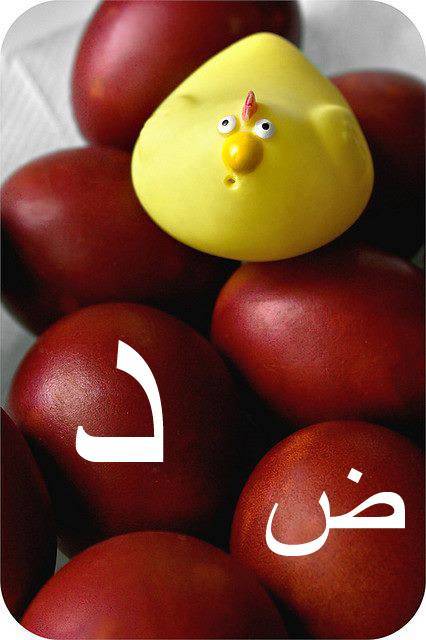
(Photo via tshirthell.com)
So aside from colloquial or spoken Arabic, there’s also two different forms of written Arabic: fusha (also known as Modern Standard Arabic), which is often used in newspapers, interviews, many news programs and formal speeches from politicians, and classical Arabic. Classical Arabic is the language of the Quran and is rarely used aside from quoting passages from the Quran.
Now, adding to the two complexities which we’ve already pointed out, what you will often find is that when people speak Arabic, they use a combination of the colloquial dialect as well as some fusha interspersed throughout.
3. Reading From Right to Left

(Photo via wordpress)
This one especially holds true for speakers of many western languages. You have to retrain your eyes to start reading from right to left, which can be quite the challenge.
4. The Intricacies of Pronunciation are Incredibly Subtle
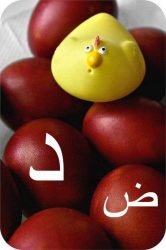
(Photo via staticflickr.com)
Again for non-native speakers, the subtle difference in pronouncing the letter “d” in “aldal” د and the letter “d” in “aldad”ض is the difference between saying two entirely different words. Get it wrong and you can really confuse people.
5. Learning Letters That Seem Unnatural When Spoken

(Photo via zcache.com)
The usual suspects in this case are the: خ “KH” and the ع “A’a”. Imagine a furball stuck in your throat that you’re trying to push out for fear of choking. That’s similar to the “Kh” sound. Now imagine you’ve swallowed an egg and are trying to puke it out, that’s a Aa’. Warning: if inexperienced at this, do not attempt to try this at home.
6. Letters Change Form Depending on where they are Placed in the Word
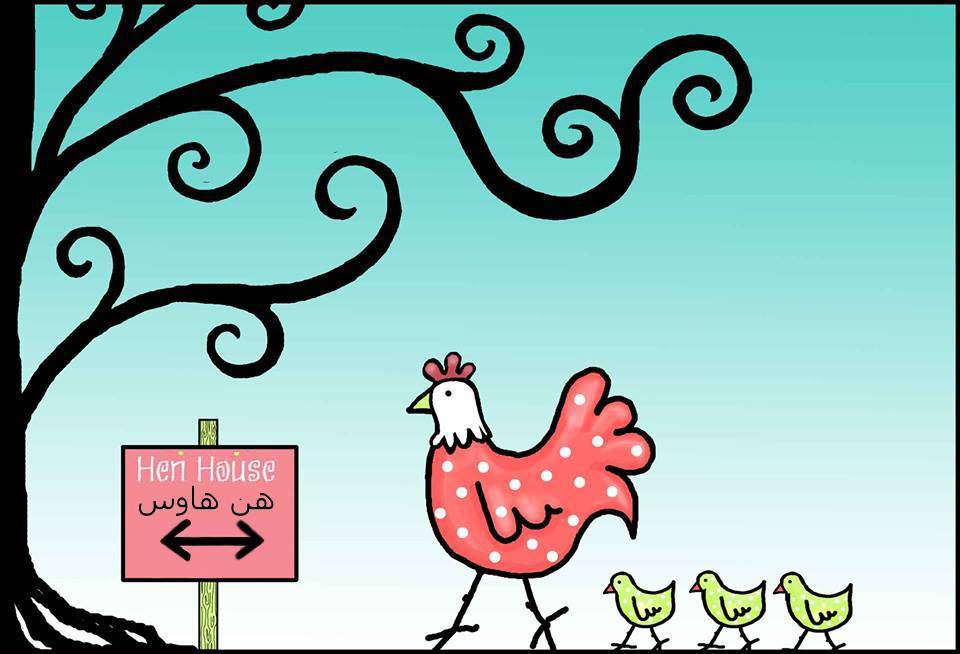
(Photo via ruralramblings.com)
The form of the letter changes entirely depending on where it is placed in the word. For example, the letter “h” in the begging of a word looks like this: ها; in the middle it would like this: لها; and at the end it appears like this: له. Sorry about that.
7. Weird Untranslatable Expressions
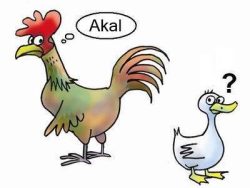
(Photo via blogspot.com)
This brings me back to a piece I wrote earlier about Lebanese proverbs. Try translating one of those to any foreigner without sounding like a total freak. You can’t. It’s impossible.
Even basic phrases don’t seem to make sense. For instance, when we want to explain that nothing has changed since the last time we saw one another, we’d say: “A’ala Hattit Idak” (literal translation: stand on your hand)
8. Short Arabic Vowels

(Photo via zcache.ca)
Short vowels (or harakat) are generally not written out in Arabic, but that doesn’t mean you shouldn’t pronounce them. There’s the Fatha, Damma and Kasra to denote the short /a/, short /u/ and short /i/, respectively. There’s all sorts of other pronunciation cues purveyed by various marks including the shaddah (used to double the vowel sound) and the Sukun (to demarcate a sharp end to it). I’ll save you a full-blown Arabic lesson. Suffice it to say: it’s complicated.
ههههههه





